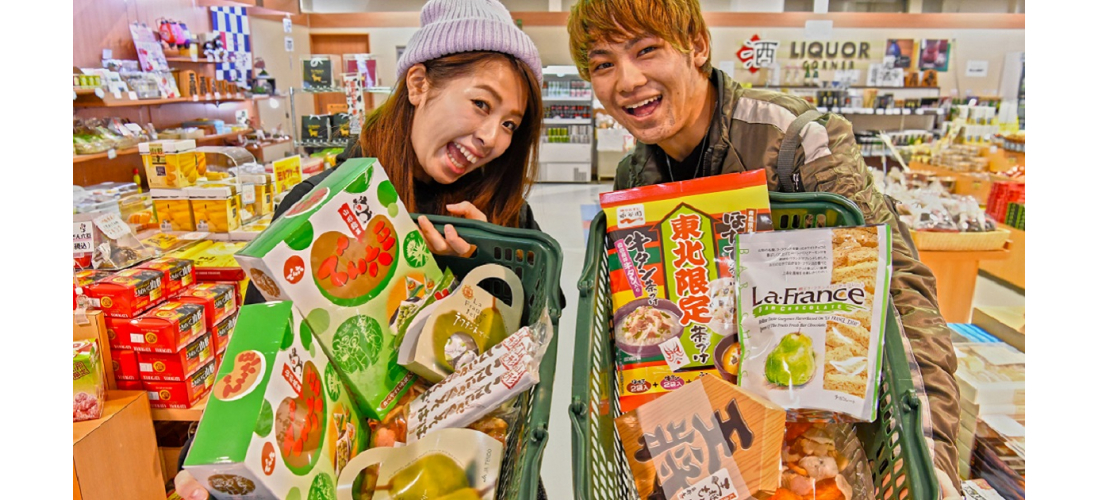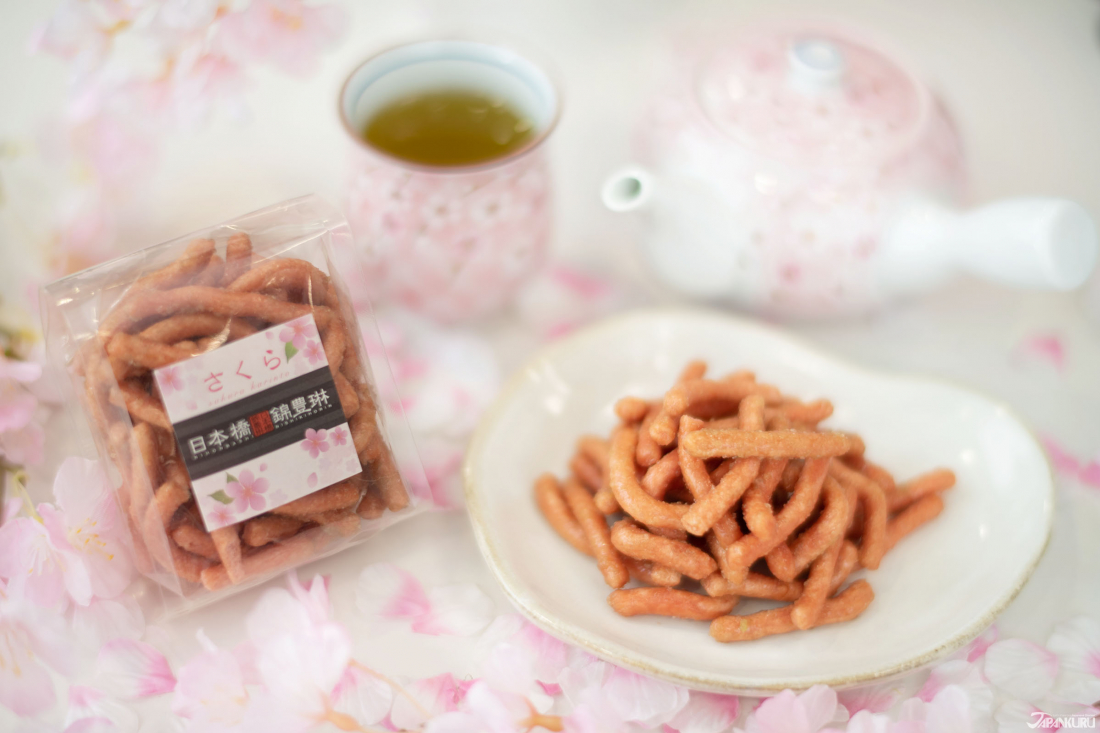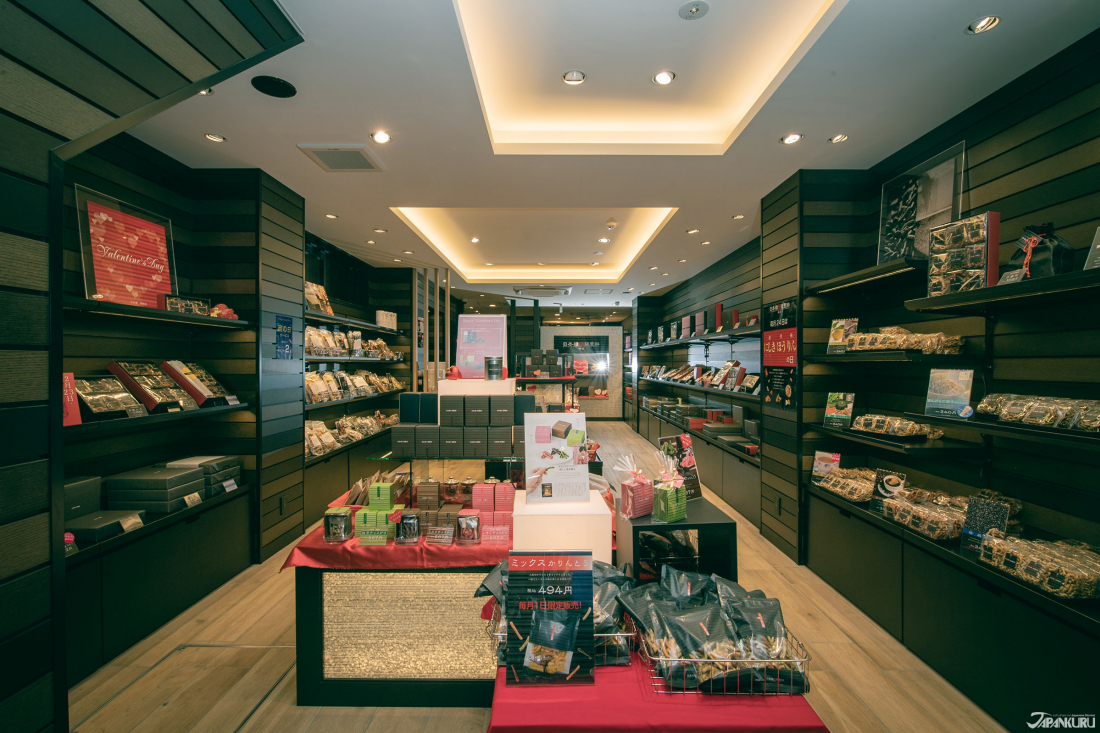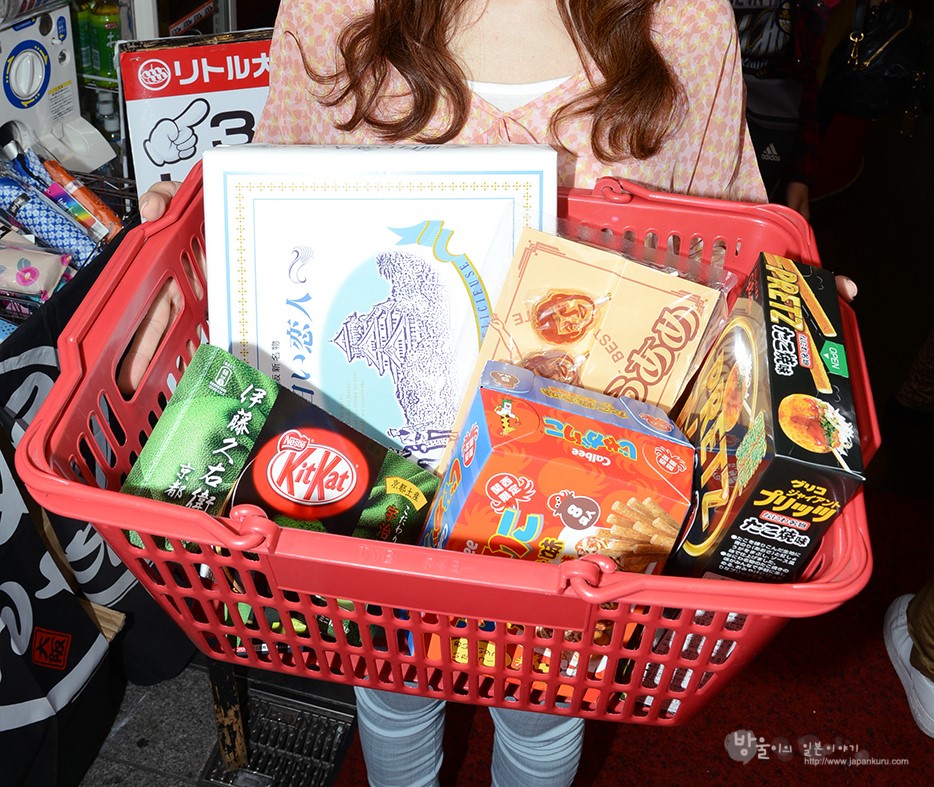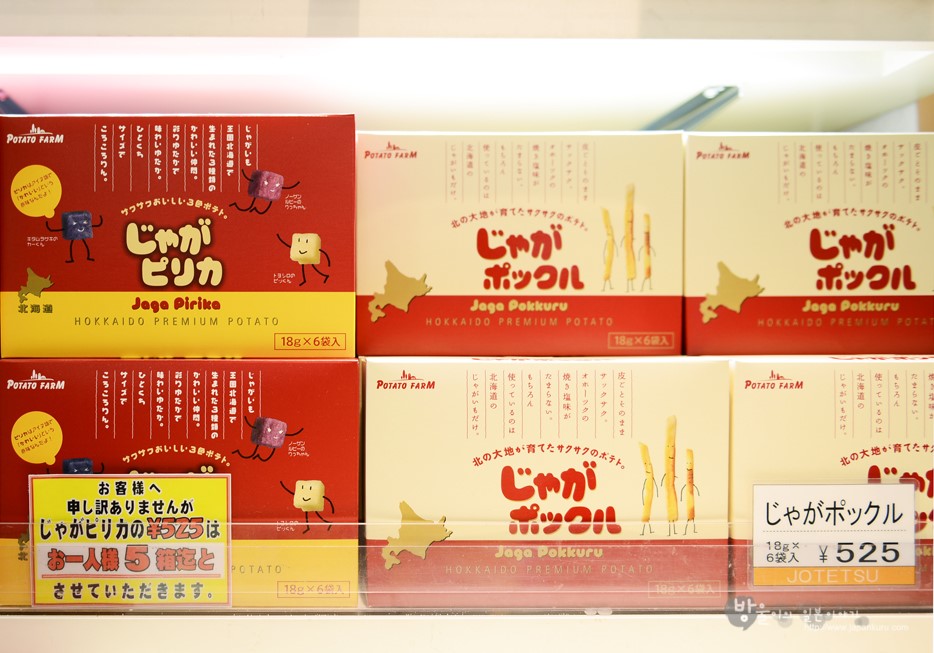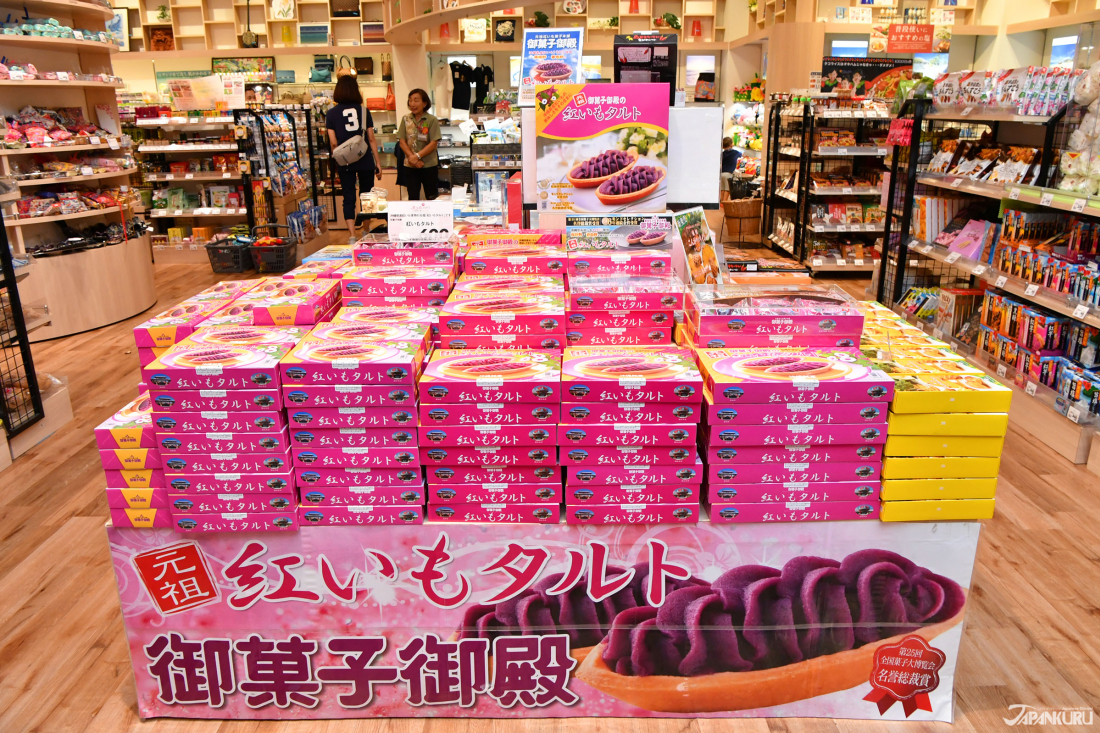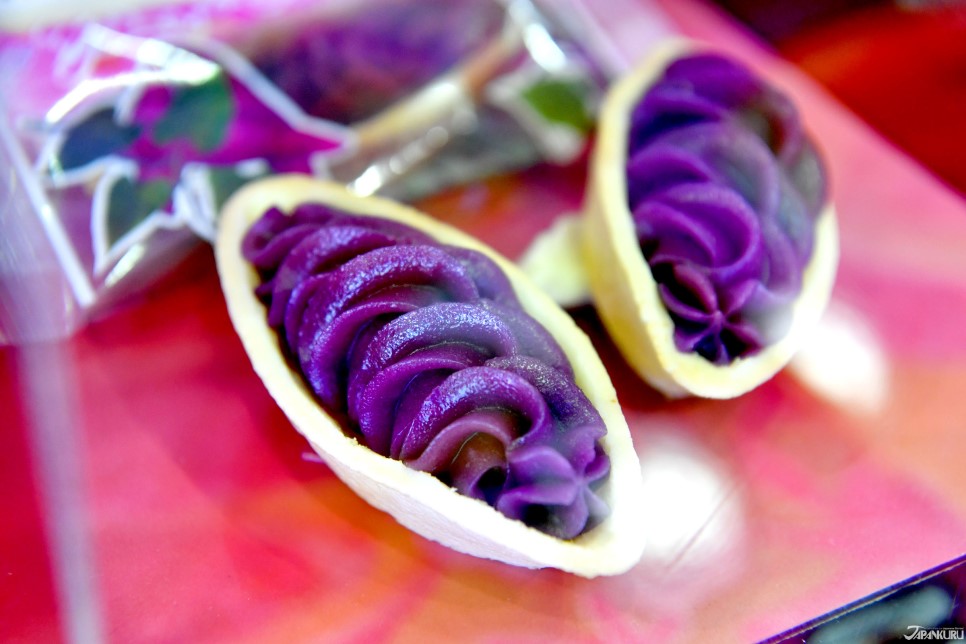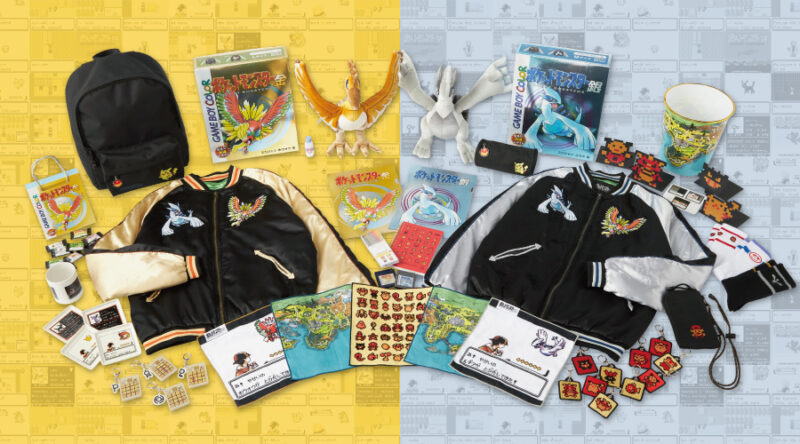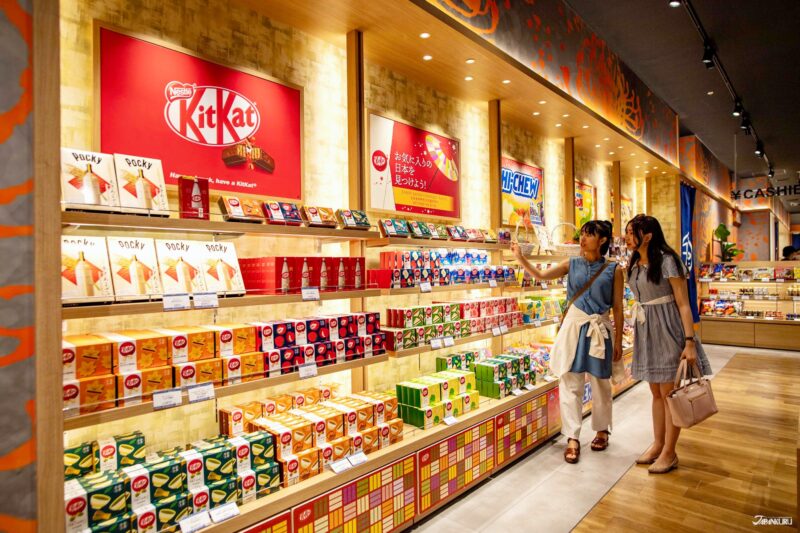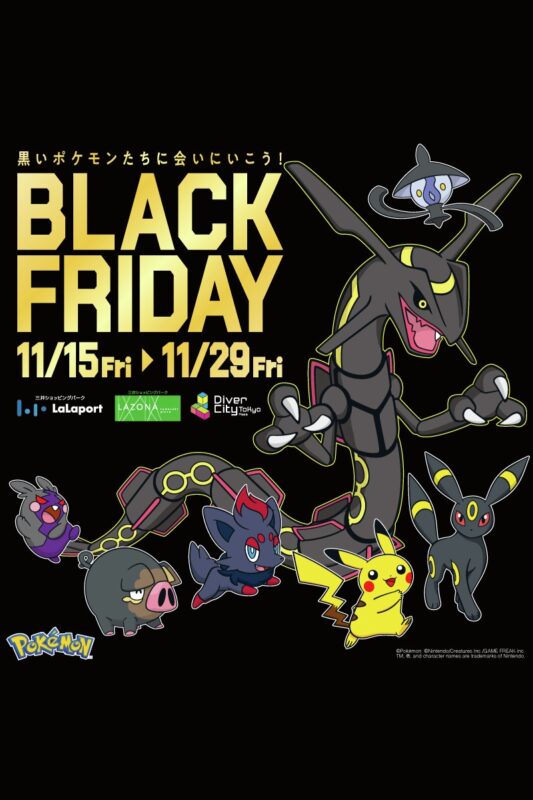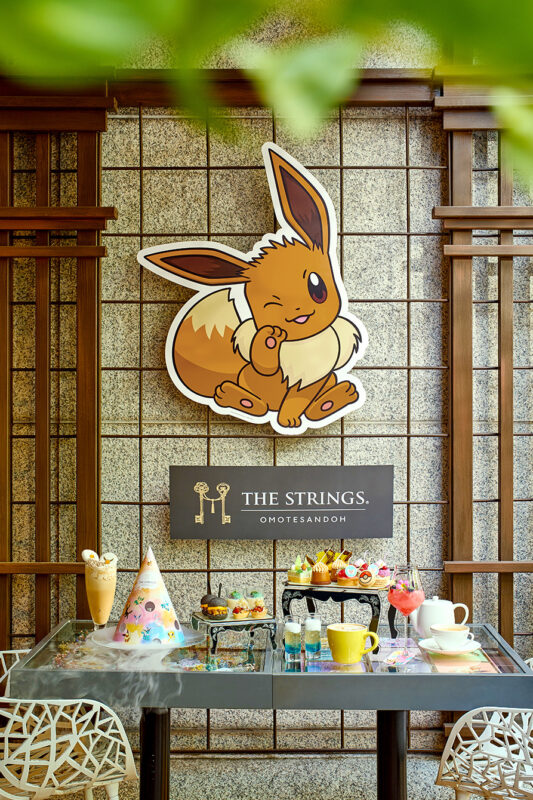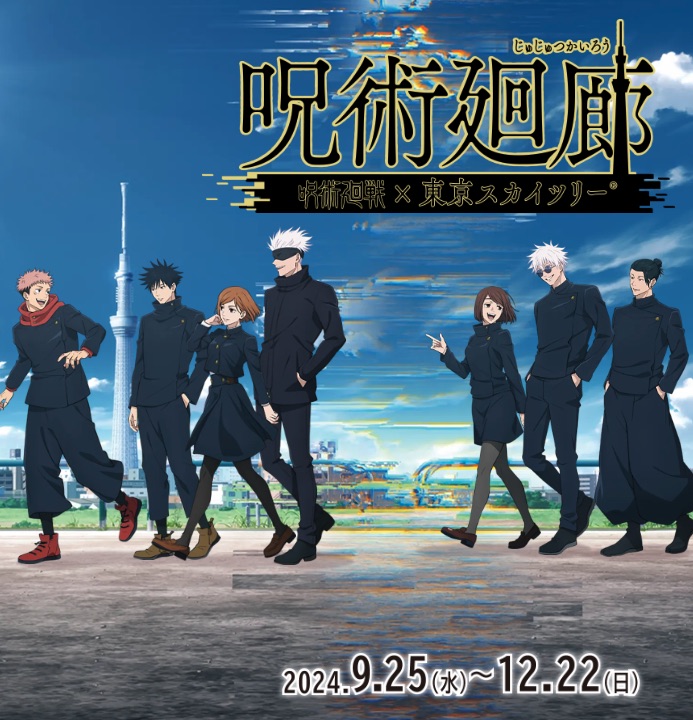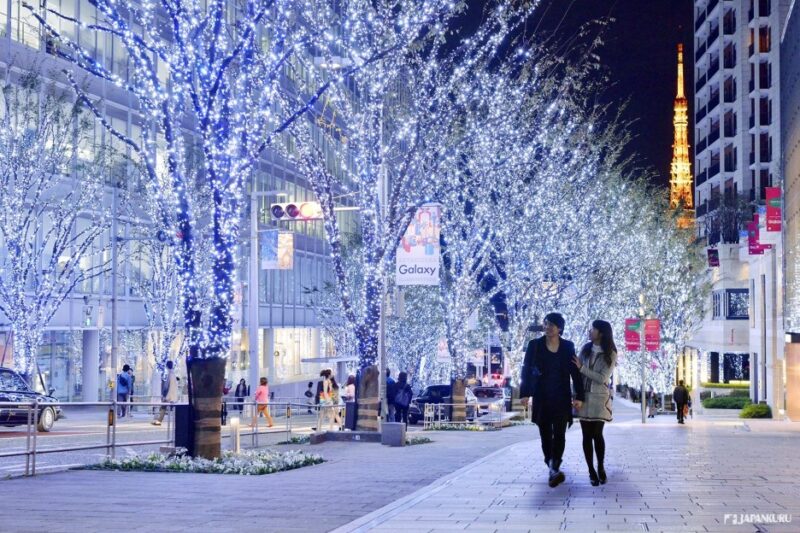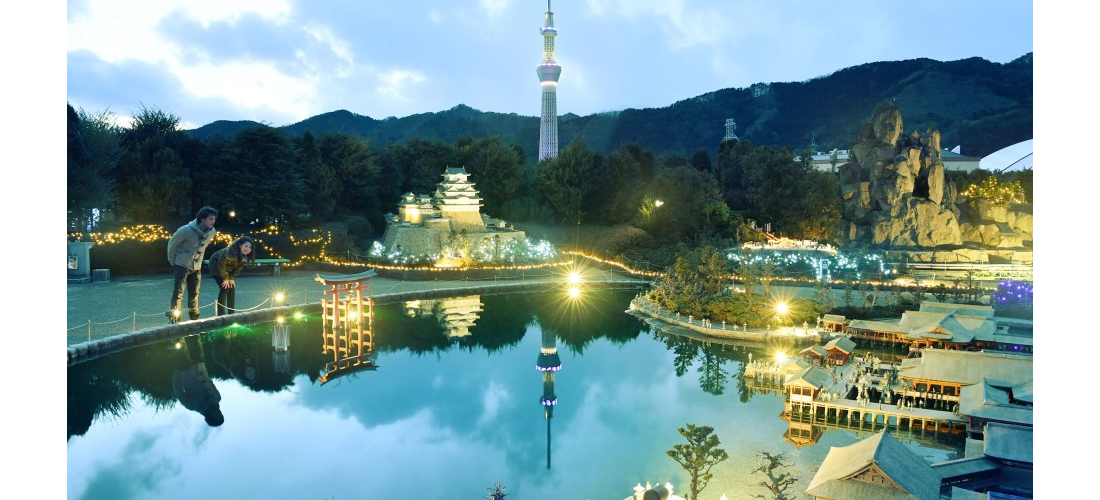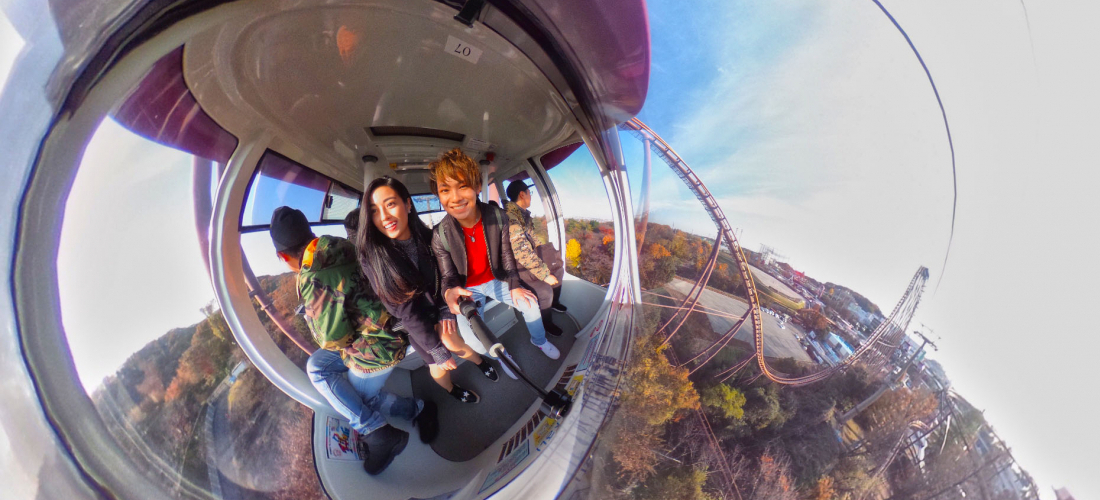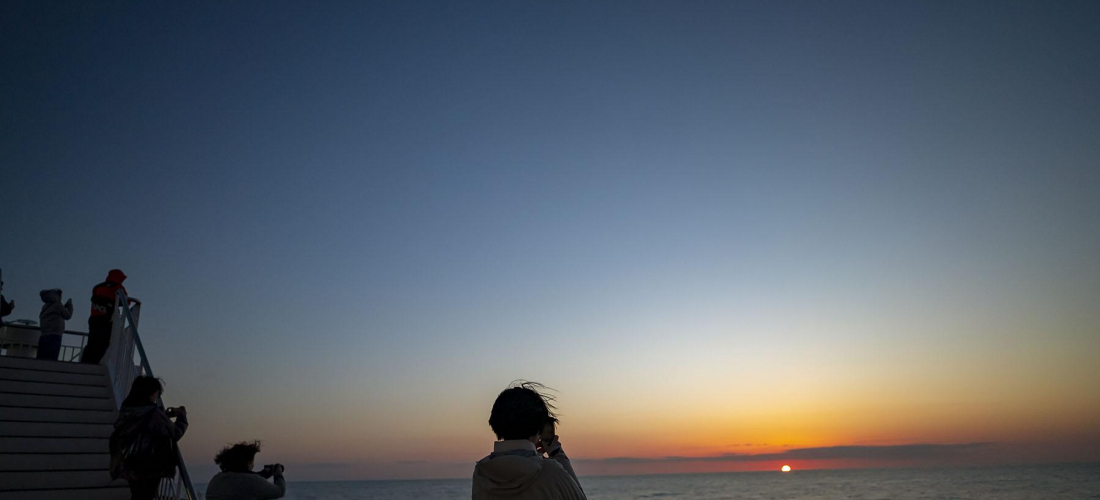CONTENTS
Japan is home to the excellent tradition of bringing back snacks and food gifts as souvenirs (called omiyage/お土産 in Japan), a habit that leaves few disappointed. Souvenir keychains and magnets can be cute, sure, but how many of those do you really want to collect? How many more do you need? Instead, on your trip to Japan, do as the locals do and get your friends and family delicious edible treats! Most parts of Japan have a handful of local food specialties, and while some of these delicacies are harder to bring home, you’d be hard-pressed to find anywhere in Japan that doesn’t have some elegantly packaged local specialties ready to tuck into your suitcase. So let us show you some of the best gifts and must-buy snacks to bring back home!
① Tokyo: Karinto (Traditional Japanese Sweet Snacks)
If you've never tried them, karinto are sugary, crunchy little sweets that are hard to stop eating! They carry all the hallmarks of the most addictively delicious snacks: Dough-based? Yep. Deep-fried? You bet! Traditionally coated in brown sugar? Yeah, our mouths are watering just thinking about them.
You can get cheap bags of standard karinto in convenience stores and supermarkets all over Japan, but we recommend you stop by Nihonbashi Nishiki Horin in Tokyo to get some for your friends. Not only are these some really classy karinto, the shop also makes specialty versions in all sorts of interesting and unique flavors. Brown sugar might be the standard, but Nihonbashi Nishiki Horin offers everything from seasonal cherry-blossom flavor, to savory veggie-flavored varieties.
The packaging at Nihonbashi Nishiki Horin (日本橋錦豊琳) is nice enough that you can just give the bags to your friends as-is.
If you did want to gift the most traditional variety of karinto, of course they make those too.
The shop also makes them in different thicknesses, so you can choose which level of crunch you're looking for. If you're giving the karinto to your grandparents, maybe give their teeth a break and give them one of the thinner versions.
Sweet potato, rose, plum, there's an intriguing flavor for every palate! You can see more of what all the different karinto are like in our previous article.
② Osaka: Butaman (Succulent Pork Buns from 551 Horai), Plus Glico Snacks
Image Source: Official Website
The pork buns at 551 Horai are so popular that they sell 150,000 of them a day. Yeah, they're that good. You can buy one piping hot to eat then and there, or get a few in a box to eat later that day. They even sell them frozen, and will ship them for you! Unfortunately, they don't do international shipping at this point, so you can only get them shipped to another part of Japan. Maybe someday we'll be able to enjoy these glorious pork buns in any country…
But in the meantime, that's not all you'll find in Osaka!
You might recognize this guy's face, and his pose, from a certain famous billboard.
Pork buns really aren't your only option.
These days Glico manufactures sweets and snacks on a huge international scale, but back in 1919 the company started small in Osaka. Buying Glico snacks where it all started just feels more special than anywhere else in Japan. Plus, you'll find some specialty Glico souvenirs only available in the Osaka area, which are perfect to bring home to any friends who love the Glico running man.
Not sure where to shop for Glico stuff? Try Shinsaibashi!
③ Hokkaido: Potato Snacks!
Hokkaido is famous for having lush farms, which leads to excellent dairy, but also really delicious potatoes! (And trying to take home a bottle of milk seems like a bad idea.) Bringing high-quality potato snacks home, you're unlikely to get many complaints. Who doesn't want to eat potato chips? Especially ~fancy Hokkaido potato chips~?
Hokkaido produces 78% of the potatoes grown in Japan!
If you're looking something a little less run of the mill, these individually-packaged potato sticks will bring a smile to anyone's face.
For all the picky eaters you want to please; they can't say no to fried potatoes!
If you want to know more about traveling in Hokkaido, and what else the area has to offer, read about our road trip through the prefecture.
④ Okinawa: Purple Sweet Potato Tarts
Japan's northernmost prefecture of Hokkaido might be where you'll find the majority of Japan's everyday spuds, but go all the way south to Okinawa, and it's a treasure trove of purple sweet potatoes! These sweet potatoes are turned into sweets and snacks of all kinds, but the most popular by far are little tartlets filled with a swirl of bright purple sweet potato filling.
You'll find these all over the Okinawa islands.
The potatoes are naturally intensely purple, lending kind of a magical feel to the already delicious process of stuffing them in your face.
The little pastries are often packaged individually (in robust boxes), making it easy to chuck them in your bag for a few days and then deliver one to each of your friends. If you do want a little variety, they also make versions with the yellow sweet potato that's a little more common in Japan (and a little more similar to what you'll find in the west). The yellow ones might be a little less startling, but the sweet potato tarts in two colors right next to each other are definitely an impressive sight.
A while ago we went on a big summer trip to Okinawa, and brought home lots of the tarts. Read about it all right here.
⑤ The Rest of Japan: Chiba, Hiroshima, Ibaraki, Yamagata
Chiba is known for peanuts! Bring home a bag of the roasted nuts to share with your family. Or, if you want something a little less commonly available, you can also pick up a few packs of special cup noodles. They're flavored like dandan noodles and made with local Chiba peanuts.
While you’re in Chiba, see the underwater tunnel connecting it to Tokyo, or get a vision of hell in Japan at Mount Nokogiri!
From Hiroshima, we recommend momiji manju, traditional cakes shaped like maple leaves and stuffed with a variety of fillings (most often red bean or custard). They're mostly available on Miyajima, around Itsukushima Shrine. Momiji manju are a souvenir triple threat: delicious, affordable, and adorable!
If you want a local product that comes in a few different forms, though, you can always look for the many souvenirs made with Setouchi lemons. We've rhapsodized about how good they are before.
When you travel to see a mountain, you're going to want mountain-themed snacks! So of course you'll find "Tsukuba-san Yaki" cakes at Mount Tsukuba, in Ibaraki Prefecture. They're a little like filled pancakes, with a satisfying dollop of red bean in the center, and shaped like the mountain itself.
In Japan, Yamagata is famous for its high-quality, juicy and delicious pears. So you know what that means: tasty souvenirs of all kinds, all made with local pears! Outside of Yamagata you won't find a lot of Western pears in Japan (the Asian variety is, unsurprisingly, a little more common), so this is the place to get pear cookies, crackers, cakes, and more.
It might be a little silly to plan a trip solely around the souvenirs you want to bring home to your family and friends, but we hope this article has given you some idea of what tasty options are available! Bringing back snacks is a great way to give your loved ones a (literal) taste of the fun experience you had away from home, so do as the Japanese do, and return with snacks for everyone to enjoy. (You can even follow the Japanese example and really endear your coworkers to you by bringing a big box of little edible souvenirs to the office to share!)
COMMENT
FEATURED MEDIA
VIEW MORE
Tokyo Shopping Spot Recommendation: New Balance Kichijoji #newbalance #newbalancekichijoji #newbalancejapan #japanesesneakerheads #shoppinginjapan #japantrip #도쿄여행 #도쿄쇼핑 #뉴발란스 #일본한정 #일본패션 #日本購物 #日本買衣服 #NB #日本時尚 #東京購物 #รองเท้าnewbalance #นิวบาลานซ์ #รองเท้าผ้าใบ #ช้อปปิ้ง #คิจิโจจิ #japankuru

See Kyoto Clearly With Your New Glasses #japankuru #kyoto #jins #교토여행 #진즈 #京都 #교토수족관 #가모가와 #kamogawa #kyotoaquarium

The First Japanese Converse Flagship: CONVERSE STORE HARAJUKU #japankkuru #conversejp_pr #conversejapan #harajuku #tokyotrip #converse #tokyoshopping #匡威 #帆布鞋 #東京購物 #原宿 #日本時尚 #일본쇼핑 #일본컨버스 #일본한정 #하라주쿠 #일본패션 #일본스트릿 #รองเท้าconverse #รองเท้าผ้าใบ #ช้อปปิ้ง #ฮาราจูกุ #คอนเวิร์ส

Japanese Makeup Shopping • A Trip to Kamakura & Enoshima With Canmake’s Cool-Toned Summer Makeup #pr #canmake #enoshima #enoden #에노시마 #캔메이크 #japanesemakeup #japanesecosmetics

⚔️The Robot Restaurant is gone, but the Samurai Restaurant is here to take its place. Check it out, and don't forget your coupon! 🍣신주쿠의 명소 로봇 레스토랑이 사무라이 레스토랑으로 부활! 절찬 쿠폰 발급중 💃18歲以上才能入場的歌舞秀,和你想的不一樣!拿好優惠券去看看~ #tokyo #shinjuku #samurairestaurant #robotrestaurant #tokyotrip #도쿄여행 #신주쿠 #사무라이레스토랑 #이색체험 #할인이벤트 #歌舞伎町 #東京景點 #武士餐廳 #日本表演 #日本文化體驗 #japankuru #japantrip #japantravel #japanlovers #japan_of_insta

Japanese appliance & electronics shopping with our KOJIMA x BicCamera coupon! 用JAPANKURU的KOJIMA x BicCamera優惠券買這些正好❤️ 코지마 x 빅 카메라 쿠폰으로 일본 가전 제품 쇼핑하기 #pr #japankuru #japanshopping #kojima #biccamera #japaneseskincare #yaman #dji #osmopocket3 #skincaredevice #日本購物 #美容儀 #相機 #雅萌 #日本家電 #일본여행 #면세 #여행꿀팁 #일본쇼핑리스트 #쿠폰 #일본쇼핑 #일본브랜드 #할인 #코지마 #빅카메라 #japankurucoupon

Odaiba's DiverCity Tokyo Plaza is home to the famous real-size 20m-tall Unicorn Gundam, and the popular shopping center has even more Gundam on the inside! Check out the Gundam Base Tokyo on the 7th floor for shelves upon shelves of Gunpla, and the Gundam Base Tokyo Annex on the 2nd floor for cool anime merchandise. Both shops have tons of limited-edition items! #pr #odaiba #tokyo #tokyotrip #japantrip #japantravel #PR #divercity #divercitytokyoplaza #tokyoshopping #gundam #unicorngundam #gundambasetokyo #anime #otaku #gunpla #japankuru #오다이바 #다이바시티도쿄 #오다이바건담 #건담 #일본건담 #건프라 #건담베이스도쿄

